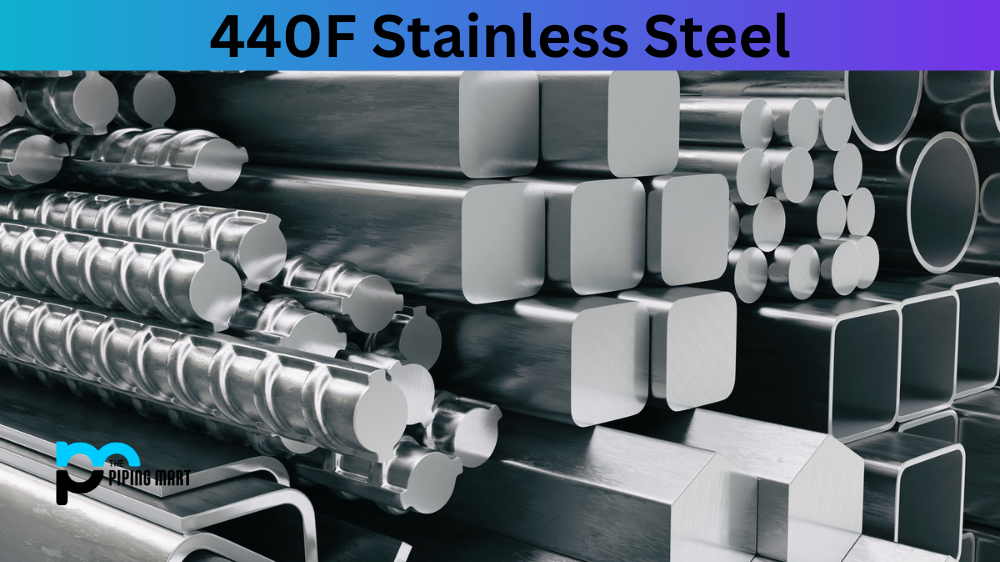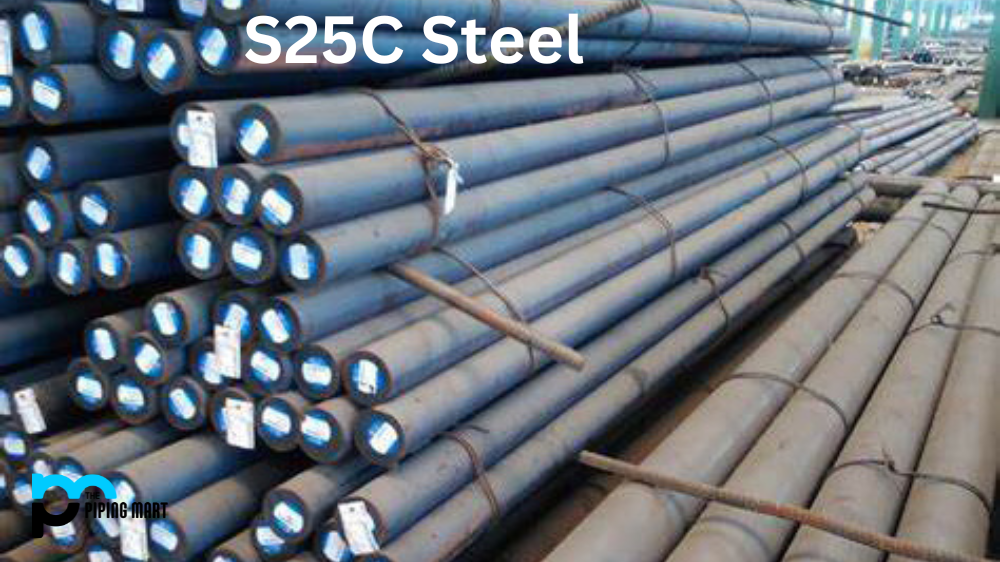Stainless steel is a popular material in various applications for its corrosion resistance, high strength, and durability. One commonly used stainless steel is 440F, which belongs to the martensitic group of stainless steel. It is a high-carbon stainless steel that provides excellent machinability and corrosion resistance. This blog will discuss the composition, mechanical and physical properties, uses, corrosion resistance, heat treatment, machining, and welding of 440F stainless steel.
440F Stainless Steel Composition
440F stainless steel is composed of high levels of carbon, chromium, and molybdenum. It also contains small amounts of sulfur for improved machinability. The typical composition of 440F stainless steel is 0.95% carbon, 16% chromium, 0.5% manganese, 0.5% silicon, 0.2% molybdenum, and 0.1% sulfur.
| Element | Minimum | Maximum |
| Carbon | 0.95 | 1.20 |
| Chromium | 16.0 | 18.0 |
| Iron | Balance | — |
| Manganese | — | 1.25 |
| Molybdenum | — | 0.60 |
| Nickel | — | 0.75 |
| Nitrogen | — | 0.08 |
| Phosphorus | — | 0.04 |
| Selenium | — | 0.15 |
| Silicon | — | 1.00 |
| Sulphur | — | 0.030 |
440F Stainless Steel Mechanical Properties
440F stainless steel has excellent mechanical properties, including high tensile strength, hardness, and wear resistance. It is also corrosion-resistant and has good toughness. The tensile strength of 440F stainless steel ranges from 620 MPa to 900 MPa, with a yield strength of 275 MPa to 725 MPa.
| Typical Mechanical Properties for 440F SE | |||
|---|---|---|---|
| Form | Tensile Strength | Yield Strength | Elongation at Break |
| Annealed Bar | 103 ksi | 65 ksi | 14% |
440F Stainless Steel Physical Properties
The physical properties of 440F stainless steel include a density of 7.75 g/cm³, a melting point of 1398°C, and a modulus of elasticity of 200 GPa.
440F Stainless Steel Uses
440F stainless steel is commonly used in applications where high hardness, strength, and corrosion resistance are required. It is used in manufacturing bearings, valves, surgical tools, knives, and cutting tools. It is also used in the aerospace industry for manufacturing aircraft parts and turbine rotors.
440F Stainless Steel Corrosion Resistance
440F stainless steel provides excellent corrosion resistance in both acidic and alkaline environments. It has high pitting and crevice corrosion resistance, making it an ideal material for marine applications.
440F Stainless Steel Heat Treatment
440F stainless steel is heat-treated to enhance its mechanical properties. It can be hardened by heating it to temperatures between 980°C and 1065°C and then quenching it in oil or air. The heat treatment process improves its strength, hardness, and wear resistance.
440F Stainless Steel Machining
One of the critical advantages of 440F stainless steel is its excellent machinability. It can be easily machined using conventional techniques like turning, milling, drilling, and grinding. The addition of sulfur in its composition enhances its machinability.
440F Stainless Steel Welding
440F stainless steel can be welded using various welding techniques, such as TIG, MIG, and resistance welding. However, preheating and post-weld heat treatment are recommended to avoid cracking and improve the weld quality.
Conclusion
440F stainless steel is a high-carbon stainless steel with excellent mechanical properties, corrosion resistance, and machinability. Its high hardness and strength make it suitable for various applications, such as manufacturing bearings, valves, surgical tools, knives, and cutting tools. Adding sulfur to its composition enhances its machinability, making it easy to machine using conventional machining techniques. Its excellent pitting and crevice corrosion resistance makes it an ideal material for marine applications. Whether you need a durable material for aerospace or maritime industries, 440F stainless steel is a suitable choice.

Abhishek is a seasoned blogger and industry expert, sharing his insights and knowledge on various topics. With his research, Abhishek offers valuable insights and tips for professionals and enthusiasts. Follow him for expert advice on the latest trends and developments in the metal industry.




